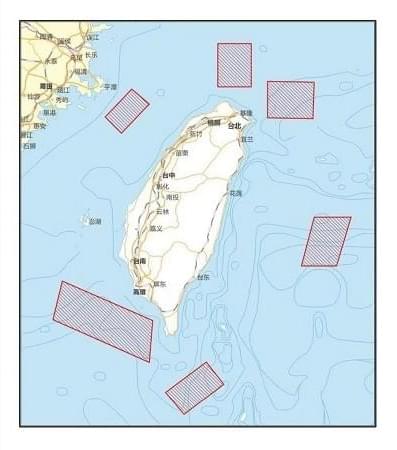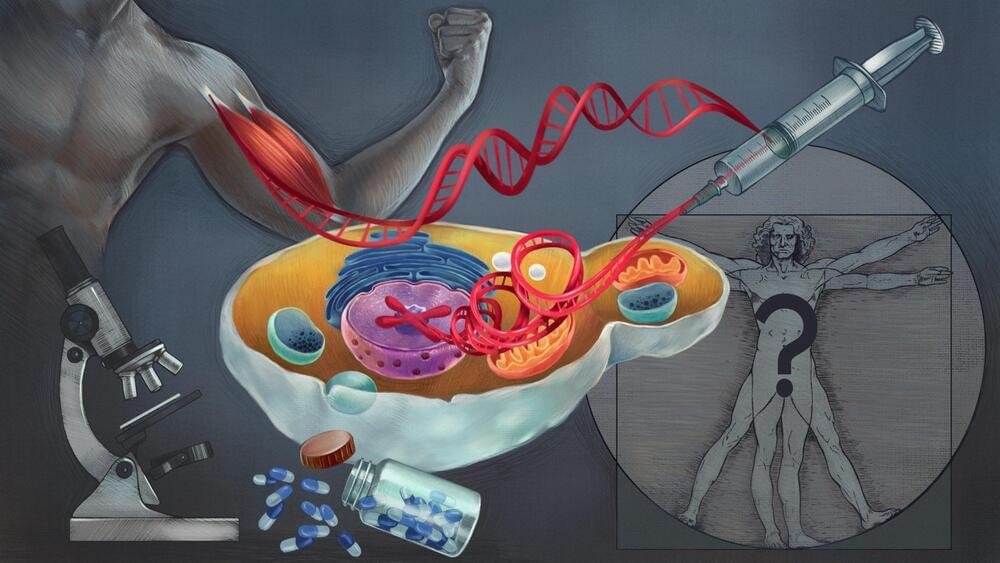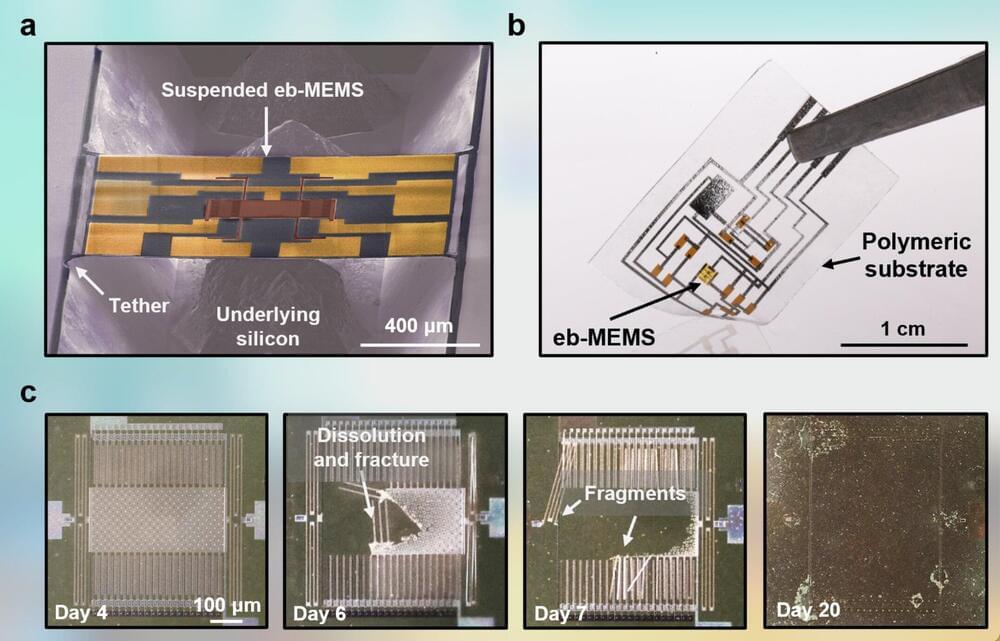Inventory of plants and animals could be used for modern conservation efforts.









Typically, the key goal of electronics engineers is to develop components and devices that are durable and can operate for long periods of time without being damaged. Such devices require resistant materials, which ultimately contribute to the accumulation of electronic waste on our planet.
Researchers at Northwestern University and the University of Illinois have been conducting research focusing on an entirely different type of electromechanical system (MEMS): those based on so-called “transient materials.” Transient materials are materials that can dissolve, resorb, disintegrate or physically disappear in other ways at programmed and specific times.
Their most recent paper, published in Nature Electronics, introduces new MEMS based on fully water-soluble materials that could dissolve in their surrounding environment after set periods of time. In the future, these materials could help to decrease the amount of electronic waste, enabling the development of some electronic devices that spontaneously disappear when they are no longer needed.


Were you unable to attend Transform 2022? Check out all of the summit sessions in our on-demand library now! Watch here.
The single point agenda for fast-growth enterprises today is superlative customer experience. As forward-looking organizations strategize, customer focus is at the core of any digital transformation initiative. The technology must be agile and intelligent to ensure a positive customer experience from day one. And if you think you have time to iron out your customer delight checkpoints, think again. Retail customers have indicated time and time again that they’re willing to walk away from brands after just one bad experience.
As enterprises revisit their tech stack to level up their customer experience, customer relationship management (CRM) is the ubiquitous starting point as it is a vast river from which millions of rivulets of information flow. So, how do we draw the pathways that interconnect these rivulets to form data streams that help sales teams sail straight to desirable customer outcomes?